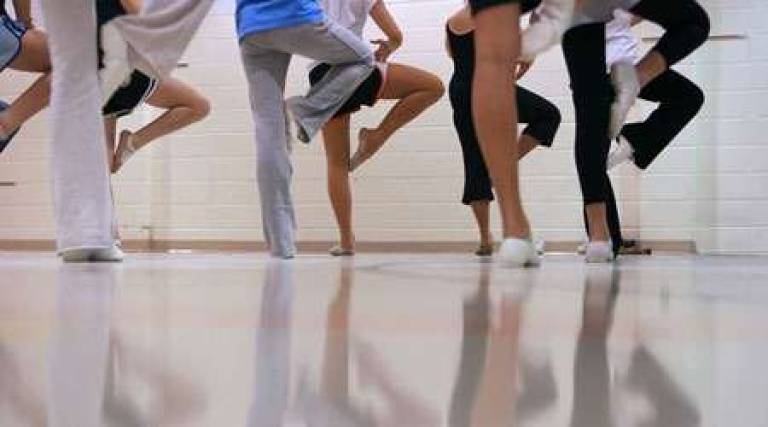Artists Seek Space and Transparency Downtown

As Lower East Side artists fight for space, community facilities remain mum
By Adam Janos
It's an age-old adage that time is money. But downtown, in a megacity like New York, that equation stretches further. Here, money equals space, as the many Lower East Siders who use their ovens as shoe racks can attest. For most New Yorkers, we accept our micro-lot with a sigh and shrug. After all, who needs room to stretch out when you live in the epicenter of American culture?
The answer, ironically, is the culture makers.
With so many downtown artists struggling just to make rent, finding adequate space to pursue their poorly paid passion projects becomes next to impossible. And from dancers to directors, sculptors to musicians, that space is the difference between practicing the craft and locking it up in storage to collect dust.
"Artists have a lot of the same problems in a city as low-income people," says Paul Bartlett, former chair and public member of the Community Board 3 Arts Task Force. "A lot of them make art as their passion, and then have to find more work [to support themselves]".
"Manhattan is not a place where culture can find roots and grow," says Bob Lee, director for the Asian American Arts Council. "Our goal is linked fundamentally to affordable housing staying in this community."
For the Community Board 3 Arts Task Force, it's also linked to better transparency and access to Community Facility Use buildings.
Community facilities are codified as such with the Department of City Planning when developers request to build outside of the designated Floor Area Ratio (FAR) on the plot for which they own deeds. The FAR of any given building ? which designates the sum height and width a building can extend ? can be stretched if the developers offer a community kickback in the form of some public space (e.g. a plaza, a public use ground floor, etc.).
But according to Tamara Greenfield, CB3 Arts Task Force member and executive director of Fourth Arts Block, there's little accountability in the city for buildings that don't keep up their end of the bargain. That is to say, once a developer gets a permit to build bigger, they often let the "community space" end of the bargain to the wayside.
Greenfield spoke of a general lack of transparency around the spaces, and mentioned hearsay of unutilized spaces throughout the city. Former task force chair Jon Hanvik envisioned a publically accessible database where artists can find the space they need downtown online at the Community Board 3 website. The New York City and Company Foundation provided the CB3 task force a $6,000 grant in 2010 to publish a brochure of all the non-profit cultural resources the neighborhood had to offer. Uploading that brochure to the internet alongside a list of easy access spaces is at the top of the agenda for the CB3 taskforce, which would in turn help downtown artists that much more in their quest to self-express and make ends meet. And that's a hard quest for which they can use all the help they can get.
The Department of City Planning did not respond to a request by Our Town Downtown for information about transparency and government accountability.
"The fact of the matter," said task force member Ralph Lewis, "is that, as artists, the deck is stacked against us."